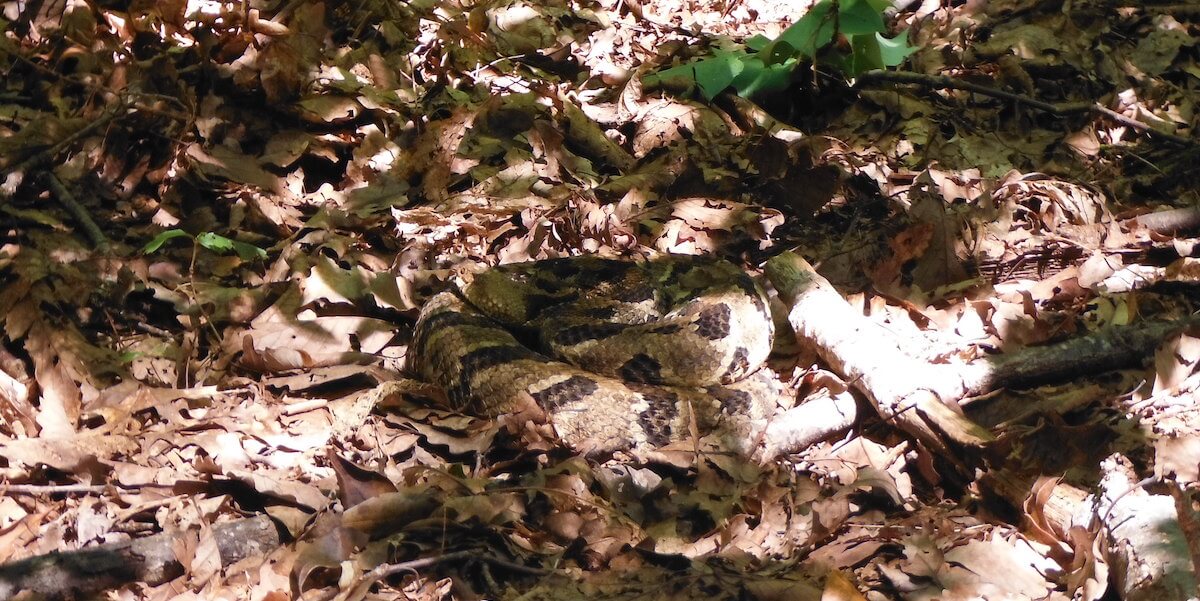
Protecting Species: New Research will focus on terrestrial amphibians, birds, mammals and reptiles/Photo credit University of Tennessee
Organizations and agencies charged with protecting biodiversity have a conundrum – how do you protect something that will not stay still? An interdisciplinary team of researchers from the University of Tennessee, Knoxville, University of Southern California, and Virginia Tech received a National Science Foundation grant to help conservation practitioners rethink biodiversity protection approaches for the new era of climate change.
“Much that we do as a society to protect species is ultimately tied to fixed geographies,” said Paul Armsworth, an ecologist at UT. “We protect special places on the landscape in nature reserves or ask state agencies to lead on protecting species found within their borders. That, however, is a very static understanding of biodiversity. We are going to need much more flexible and dynamic approaches if we are to continue to protect species as climate change accelerates.”
Species are moving their habitat range north or to higher elevations in order to adapt to the impacts of climate change on the landscape. With the NSF Dynamics of Integrated Socio-Environmental Systems program grant, “Species conservation and collaborative governance in an era of global change,” researchers will zoom in on the central and southern Appalachian Mountains as a test-case landscape for the development of a more dynamic vision of conservation.
Within the lower 48, the Appalachian ecosystems stand out for their incredible biodiversity. These mountain ecosystems can play critical roles in enabling species movements as the climate changes. Due to their geographic location in several states and that different organizations share responsibility for their protection, the Appalachian mountain range also epitomizes management challenges to address in order to protect species.
“Conservation success is increasingly going to require collaborative and adaptive approaches to governance,” said Todd Schenk, an environmental policy and collaborative governance researcher at Virginia Tech. “Conventional approaches that rely on land managers to care for the species within their sites as if they exist in relative stasis are no longer going to work. Rather, managers, policy makers, and other stakeholders need to think about their conservation efforts collectively and be ready to trade and hand-off responsibilities so they can track with changing species distributions.”
Researchers know this kind of collective thinking is going to require cultural and institutional changes within natural resource management agencies and conservation NGOs and recognizing such changes take time. Bistra Dilkina, the team’s computer scientist from the Department of Computer Science at USC Viterbi and an expert on the use of artificial intelligence (AI) for biodiversity conservation, spied an opening.
“If all we do is react to change once it has happened, then the conservation community is always going to be in crisis mode, but we can do better,” Dilkina, the co-director of the Center for AI in Society, said. “If we harness modern computational approaches, we can get ahead of the game. We can predict how species will respond to the changing climate and where and when ecological changes are coming on the landscape. We can then improve our ability to optimize the use of limited conservation budgets taking into account these complex ecological dynamics as well as the complex interaction of multiple decision-makers with varied objectives. Doing so will let us explore what kinds of new governance collaborations are going to be needed to be ready when those changes arrive.”
With the blending of various kinds of research expertise – from ecology and public policy to computer science and more – the team is confident this new project can really make a difference to future conservation, both in the Appalachian region and more broadly.
Published on May 17th, 2021
Last updated on May 16th, 2024













